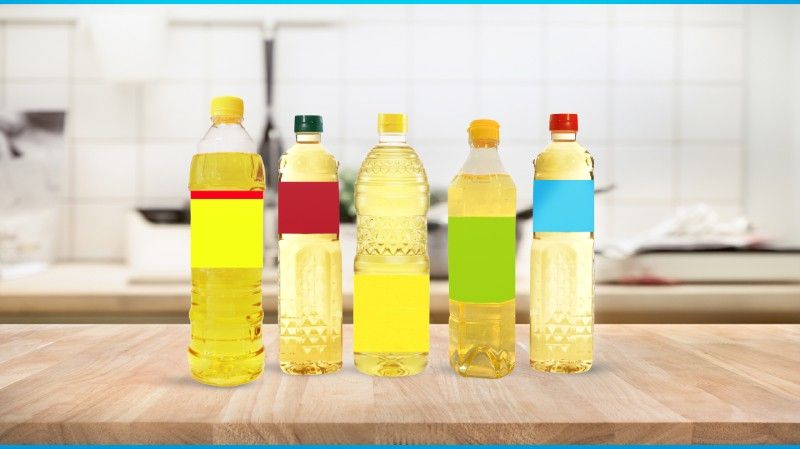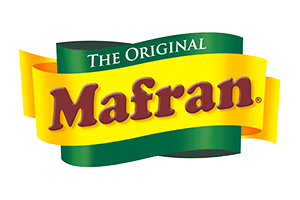
MANILA, Philippines — Some of the best and most well-loved Filipino snacks and dishes are often deep-fried — from kwek-kwek and lumpiang shanghai to fried fish and lechon kawali. Hence, a kitchen essential is present in almost every Filipino household: a bottle of oil.
Palm oil, for example, is one of the commonly picked cooking oils for different reasons. But with the lineup of palm oil varieties on supermarket shelves—different health claims printed on their packaging and different hues ranging from light to dark—how should you pick the right one?
1. The gold standard for golden fry
It’s easy to think that despite the differences in their colors, all palm oils are equally the same. After all, they all came from the same palm fruit and can still cook and fry your food.
But that is a misconception. When picking cooking oils, golden color is the gold standard.
Closer look: First, the crude palm oil freshly extracted from the palm fruit’s pulp has a deep-orange-red color due to carotene, a form of vitamin A present in other red-and orange-colored fruits and vegetables.
To refine and filter out impurities, this deep-orange red crude palm oil will undergo the process of degumming/refining, bleaching and deodorization to bring it to the quality, bright golden oil we see in supermarkets.
Why this matters: The golden color assures you that your palm oil was refined—just at the right, perfect level—to improve its stability and has undergone standard processes to filter out impurities.
2. For nutrients, golden yellow, not light yellow
Thought light is always right? Not when it comes to palm oil.
As explained, crude palm oil needs to undergo refining. But once this crude oil has been subjected repeatedly to processing, it loses this golden yellow color and becomes pale and light.
Closer look: In processing palm oil, there is a reduction of Vitamin E per processing stage. Repetitive chemical and physical refining reduce the vitamin E content of palm oil by up to 50% to 80%.
Why this matters: Your palm oil should be golden yellow as it is closest to the natural color of the palm fruit extract.
This means it was processed less to ensure that the good content like Vitamin E antioxidants (Tocopherols and Tocotrienols) and good fats like Omega 6 and Omega 9 are retained.
3. Value for money
It all boils down to what you get from your palm oil. A golden color gives you high-quality oil and essential nutrients for your body. That said, you get the most value for your money!
By picking the right gold bottle at the supermarket, you choose a kitchen essential that makes every dish delicious and nutritious—for a price that’s not too hard on the budget.
The golden standard: Golden Fiesta Palm Oil
Need to know what the gold standard in palm oils looks like? Here is the oil you should look for in supermarkets: UFC Golden Fiesta! Palm Oil
Now that you know that the more golden the palm oil, the more natural and healthier it is, Golden Fiesta Palm Oil has the perfect gold color, meaning it has been refined just right to keep all the nutrients your body needs and deserves. Its color is close to the color of palm fruit extract after the pigment is removed during physical refining.
Plus, with its Omega 6 and 9 content, Golden Fiesta only goes through single fractionation and retains its Vitamin E content by 73% from its raw materials to provide health benefits to everyone in the family!









